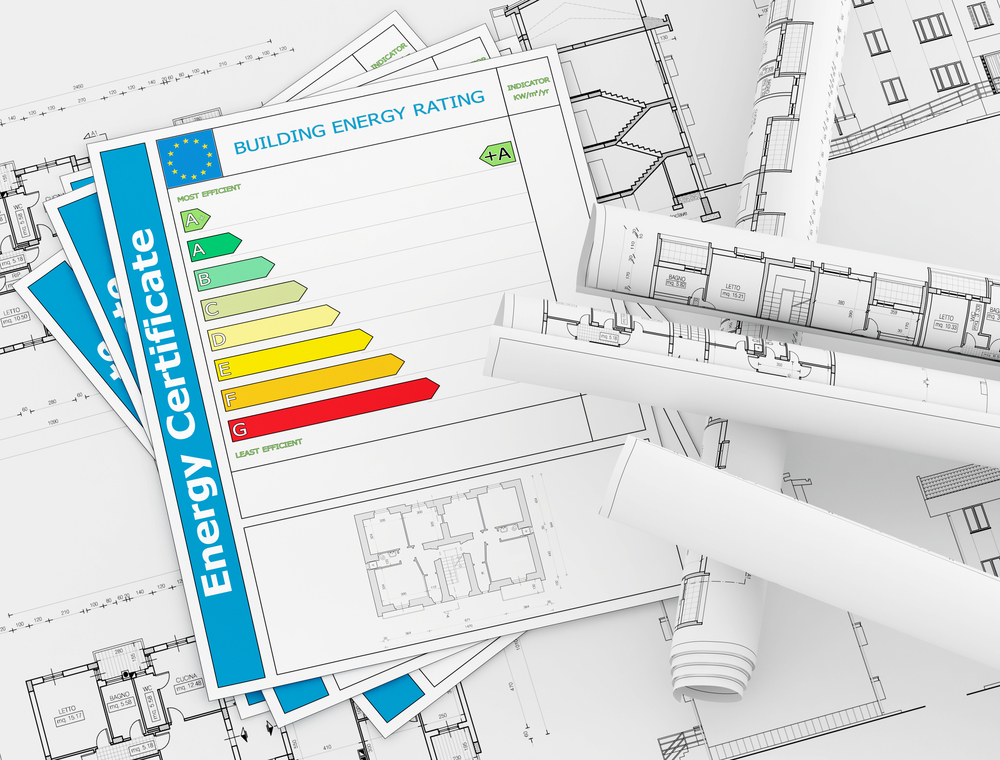Energy Efficiency Deductions: What Qualifies and How Much?
 Many homeowners have made the effort to “go green” in recent years, with residential solar power quickly growing in popularity and more energy-efficient home systems becoming available. While the upfront cost of these upgrades can be quite steep, most find that the energy cost savings and the tax deductions for them help to balance out the investment. Recent changes to tax law have decreased the amount that you can deduct for these upgrades, however, and the deduction will continue to decrease until it’s no longer available. But how much can you deduct right now, and what kinds of upgrades qualify? Keep reading to find out.
Many homeowners have made the effort to “go green” in recent years, with residential solar power quickly growing in popularity and more energy-efficient home systems becoming available. While the upfront cost of these upgrades can be quite steep, most find that the energy cost savings and the tax deductions for them help to balance out the investment. Recent changes to tax law have decreased the amount that you can deduct for these upgrades, however, and the deduction will continue to decrease until it’s no longer available. But how much can you deduct right now, and what kinds of upgrades qualify? Keep reading to find out.
Renewable Energy Equipment
The first category of energy efficiency that qualifies for a deduction is any kind of equipment that provides your home with a renewable energy source. This includes geothermal heat pumps, small wind turbines, and (most commonly) solar energy systems. Based on current tax law, you can deduct the following percentage of the overall cost for your renewable energy system, depending on when the system was put into service:
- 30% for equipment put into service by 12/31/2019
- 26% for equipment put into service between 1/1/2020 and 12/31/2020
- 22% for equipment put into service between 1/1/2021 and 12/31/2021
These deductions are available for upgrades to a current residence and new-construction homes alike. Your principal and secondary residences both qualify, but rental properties are not eligible for this deduction.
Energy Efficiency Improvements
The second category of upgrades that can provide you with a tax break involves equipment and improvements that increase the energy efficiency of your home, but don’t generate their own energy source. This can include all of the following types of equipment for your home:
- Air source heat pumps
- Central air conditioning
- Water heaters
- Gas furnaces
- Main air fan
- Biomass stoves
Each of these types of equipment have specific efficiency requirements that they must meet in order for you to receive the credit on your tax return. The total tax credit for each of these will vary, but is typically about 10% of the equipment’s cost, with a maximum credit of $500.
Other energy efficiency improvements that can earn you a tax credit include higher-quality insulation, more energy-efficient roofing, as well as windows, doors, and skylights that improve your home’s energy efficiency. Again, the typical tax credit is 10% of the equipment’s cost (not including the cost of labor and installation) with a max credit of $500; windows, however, are capped at $200.
Energy Efficiency Deductions for Commercial Buildings
If you own or build commercial properties, there are also tax deductions available for these buildings. You can receive a tax deduction of up to $1.80 per square foot for your commercial property. However, the building must save at least 50% of energy when compared to ASHRAE Standard 90.1-2007. This deduction is only available for those buildings or systems put into service between January 1, 2018, and December 31, 2020.
If only one of your building’s three main systems (the building envelope, lighting, and heating and cooling system) is energy efficient, you could claim a partial deduction of up to $0.60 per square foot for your building. Energy efficiency deductions for commercial properties can be even more complicated than deductions and credits for residential buildings, so you should work with a professional tax preparer who is experienced with these deductions to ensure you’re claiming them correctly.
Claim Your Tax Credit and Deductions Soon
If you’ve been considering renewable energy equipment or other energy efficiency improvements to your home, but you’ve been putting it off because of the cost, now is the time to take action. As we mentioned, energy efficiency tax credits are on their way out the door. This year is the final year to receive a tax deduction for your renewable energy systems as well as your energy-efficient home upgrades; the tax breaks will expire at the end of 2021 if Congress doesn’t renew them.
If you would like to learn more about what kinds of home upgrades will qualify for a tax break and how much of a credit or deduction you can expect, please reach out to one of our experienced tax professionals for a consultation. We can help you to determine which upgrades will give you the biggest tax break so that you can keep these numbers in mind when deciding what kinds of changes to make to your home. Give us a call today and schedule an appointment with one of our CPAs.